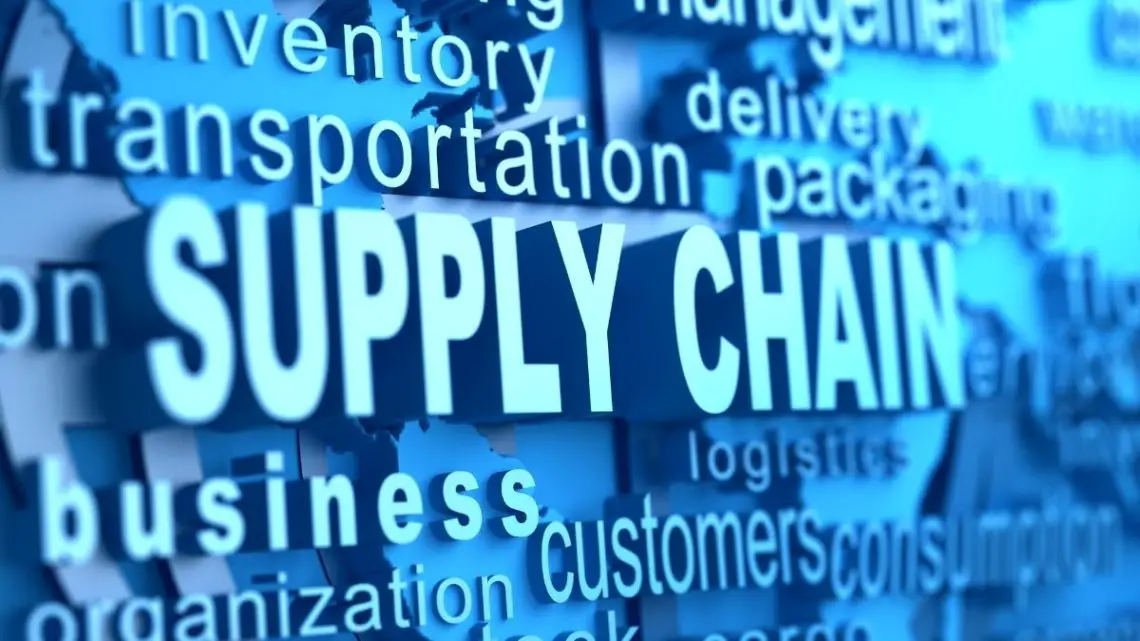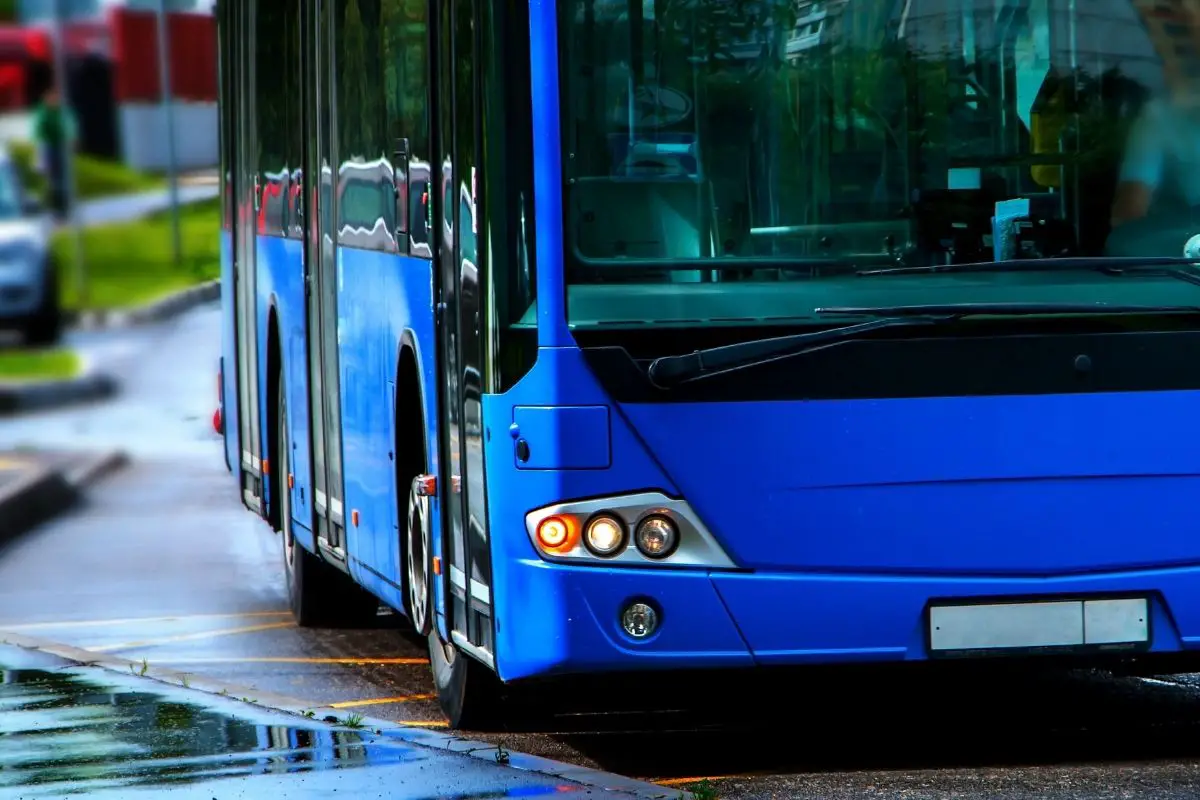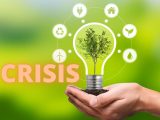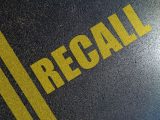
Will supply chain issues stand in the way of green hydrogen adoption?
April 19, 2022Pilot projects are already facing delays due to disruptions in obtaining everything they require.
Supply chain issues are impacting a spectrum of industries, from automotive to electronics and even food, and green hydrogen’s adoption is proving vulnerable to the same issue.
Pilot projects that are ready to move forward on all other fronts are struggling to get what they need.
A notable example of supply chain delays affecting green hydrogen projects is taking place in India, where there is a considerable hope to jet forward with an H2 economy. A pilot project being implemented by the Indian Oil Corporation (IOCL) and Tata Motors has found itself mired in delays due to the auto industry’s supply crunch. As a result, the buses that were meant to be supplied by Tata Motors are not yet available.

The pilot is meant to test hydrogen fuel cell technology on the buses. However, Tata Motors is sitting behind a delay in critical component supply for the vehicles. This could lead to prolonged delays of the field trials in this project that was meant to play a critical role in Indian decarbonization.
Though the green hydrogen bus trials have been long planned, supply chain issues are in the way.
“Ideation, planning, etc have taken place. The pace has been slowed as buses are yet to be supplied on which tests are to be done,” explained representatives of the Ministry of Petroleum and Natural Gas (MOPNG) as quoted in a recent Business Line report.
According to an additional government official cited in the report, supply disruptions have lead to substantial delays in receiving components, leading to the delay in the completed buses needed for the pilot trials.
It’s clear that the project involves buses that will be manufactured by Tata Motors, but it has not been explicitly stated whether the automaker is directly involved in the design and/or production of the H2 tech that will be used to power the engine. It also was not stated specifically where the supply chain disruption was taking place, such as whether the critical components were being imported from countries such as Japan, China or South Korea.
This is meant to be the next step in the IOCL tender Tata Motors won in June 2021 for the supply of 15 green hydrogen proton exchange membrane (PEM) fuel cell buses.
Road transport still accounts for 25% of man-made CO2 emissions.
One essential step towards the reduction of urban pollution is worldwide green hydrogen projects like this, geared at market commercialization of Fuel Cell Hydrogen buses
Hydrogen buses are finding their place all over the world, from small towns to major cities. They produce zero emission and many city officials are in agreement, this is the green clean future for public transport.
The major points to easily understand fuel cells:
- Fuel cells are a like batteries.
- Except that they use hydrogen to produce electricity and they only emit water vapour.
- Simply put, fuel cells Unlike batteries, never run out.
Hydrogen bus trivia
- How much co2 does a regular bus emit? Approximately 21 cubic feet of CO2 for every passenger transported.
- The 1st hydrogen powered bus was in Bejing in 2006.
- Hydrogen tanks on the bus are located on top of the vehicle except for a double-decker model where most of the time hydrogen storage tanks are located in the rear.



 With over 15 years of reporting hydrogen news, we are your premier source for the latest updates and insights in hydrogen and renewable energy.
With over 15 years of reporting hydrogen news, we are your premier source for the latest updates and insights in hydrogen and renewable energy.